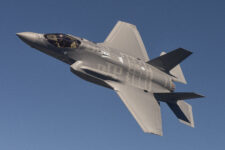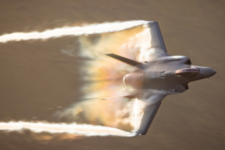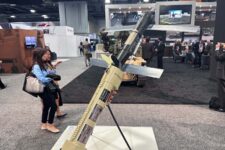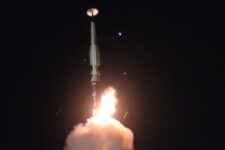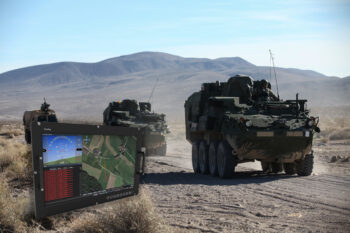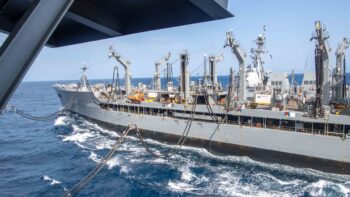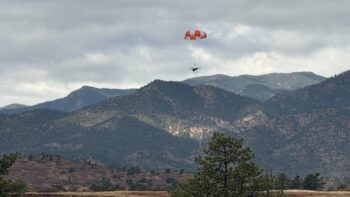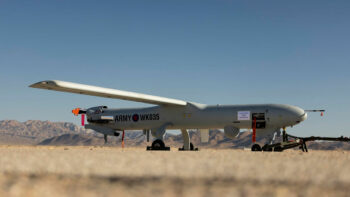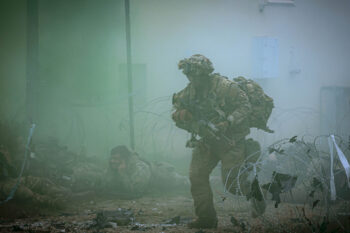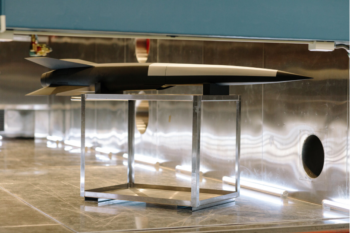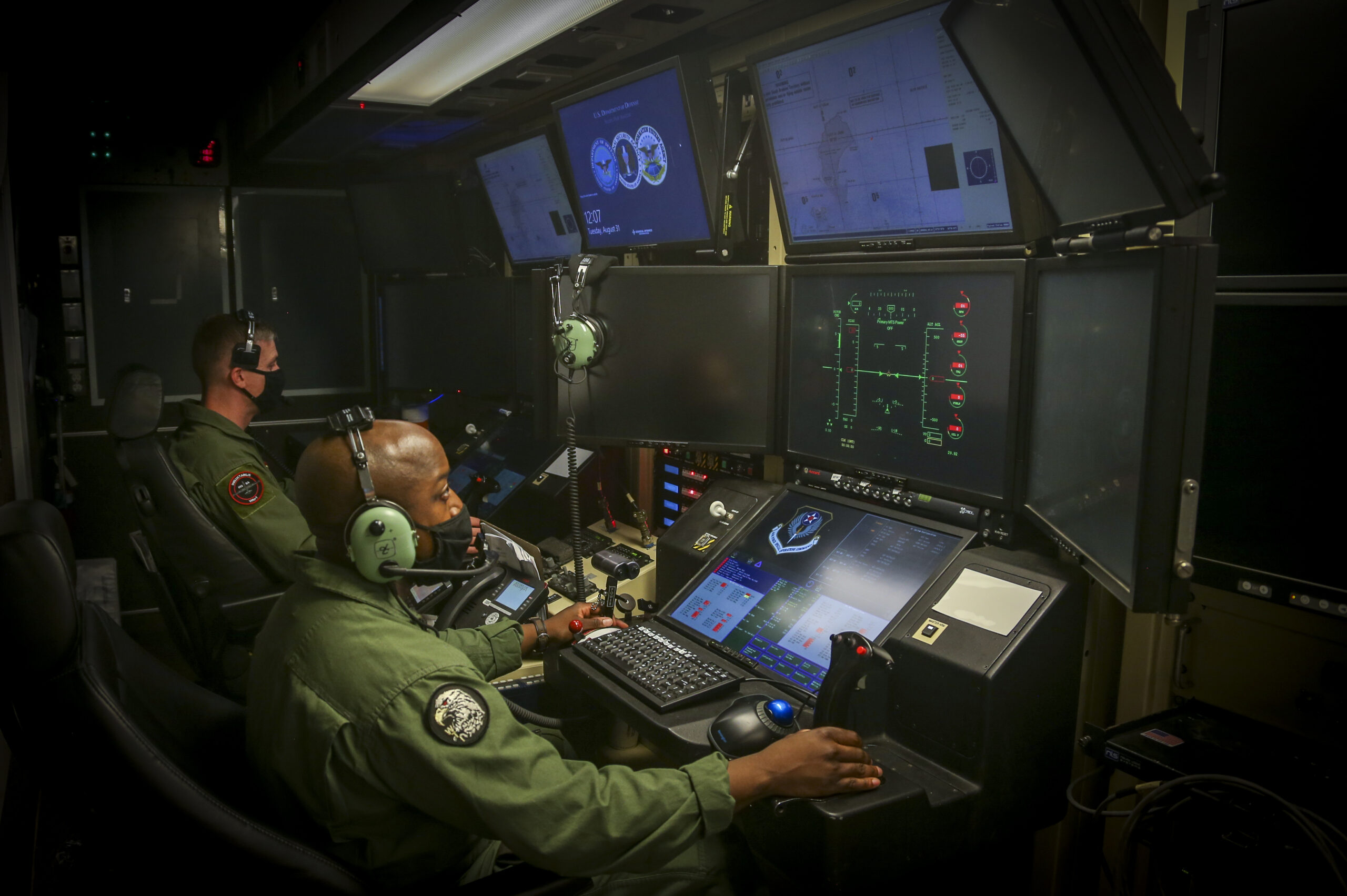
Marine Corps Capt. Joshua Brooks and Master Sgt. Willie Cheeseboro Jr. prepare for Marine Unmanned Aerial Vehicle Squadron (VMU) 1 to launch the first Marine Corps owned MQ-9A Reaper. (U.S. Marine Corps Photo by Lance Cpl Gabrielle Sanders)
WASHINGTON: The Marine Corps this week announced the first flight of a service-owned MQ-9A Reaper at Marine Corps Aircraft Station Yuma, Ariz., a key milestone for the service to eventually place Marines at the controls of the intelligence, surveillance and reconnaissance drone.
“This noteworthy flight is the culmination of three years of training, safety and operational planning, contractor maintenance, process development and staff analysis of risk management to ensure complete procedural adherence to Navy and Marine Corps aviation policies,” the service said in a Sept. 7 statement. The unmanned squadron that owns the MQ-9A used during the flight is a part of 3rd Marine Air Wing.
The Marine Corps has been eyeing the MQ-9A, originally built by General Atomics Aeronautical Systems and commonly employed by the Air Force, for several years. The significance of the Aug. 30 flight is who owns and operates the drone.
Historically, the few MQ-9s used by the Marine Corps have been contractor owned and operated. In other words, the service pays the company to pilot the drone when necessary for the mission at hand. The advantage to this approach is the service doesn’t have to spend time or money training Marines on how to use the aircraft.
The disadvantage, however, is that the service is limited by law to what kinds of missions civilian contractors are allowed to conduct. By purchasing its own MQ-9A, the Marine Corps has begun shifting towards eventually operating the drone unilaterally, freeing itself of restrictions that would be placed on contractors.
“This transition gives VMU-1 the capability of piloting the forward deployed MQ-9A that aligns with the Commandant’s directive for persistent intelligence, surveillance and reconnaissance capabilities, which have supported daily combat operations around the world,” the service said in a statement about the eventual shift to Marine owned and operated vehicles.
The Marine Corps’ push to own and operate MQ-9s is also underscored by the decision made last year to abandon MUX, a Group 5 aircraft that had a laundry list of operational requirements, making it prohibitively expensive for industry to design and build. (The military categorizes drones by size using “groups.” Group 1 are the smallest, lightweight vehicles that can be deployed by Marines in the field, while Group 5 aircraft rival full-scale helicopters in size and weight.) The MQ-9A Reaper is considered a Group 5 aircraft.
USNI reported at the time that the service concluded it would need a family of systems to fulfill all the requirements envisioned for MUX.
Romania signs LOA to secure entry to F-35 club
“This decision marks a significant milestone in Romania’s defense strategy and its commitment to maintaining a robust and advanced military force,” Lockheed Martin said in a statement.
